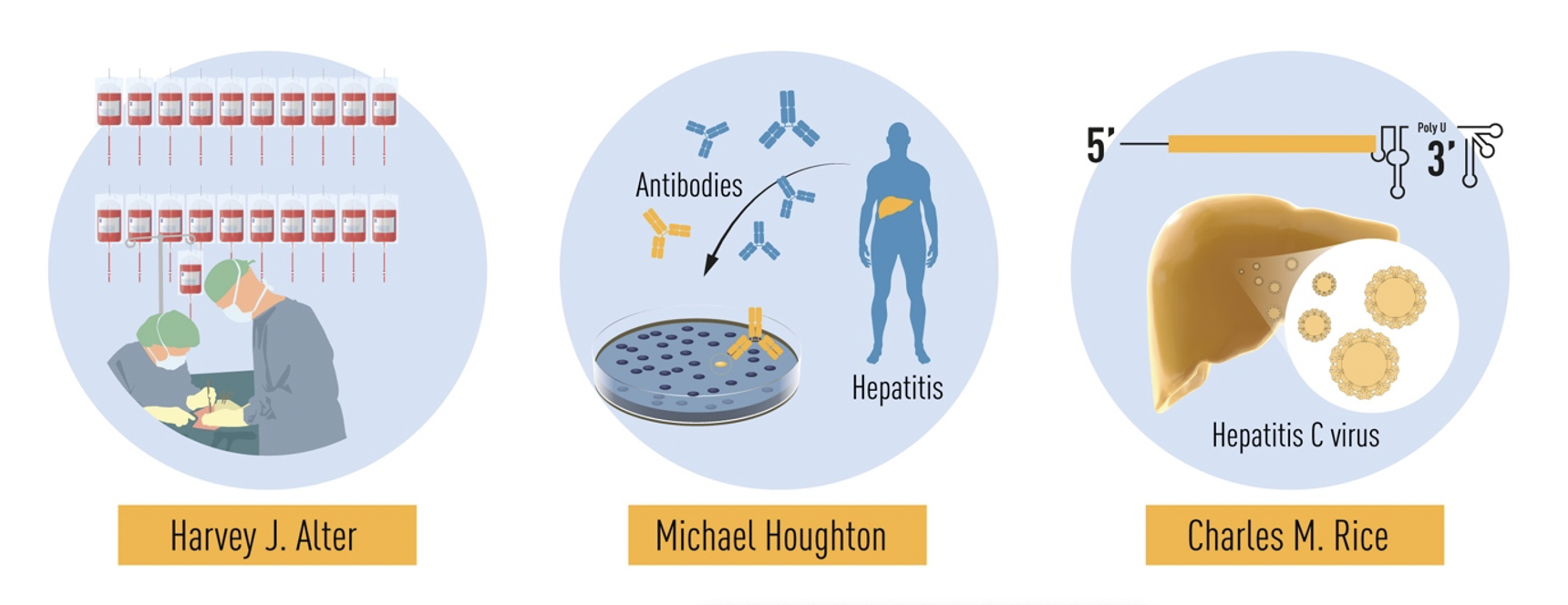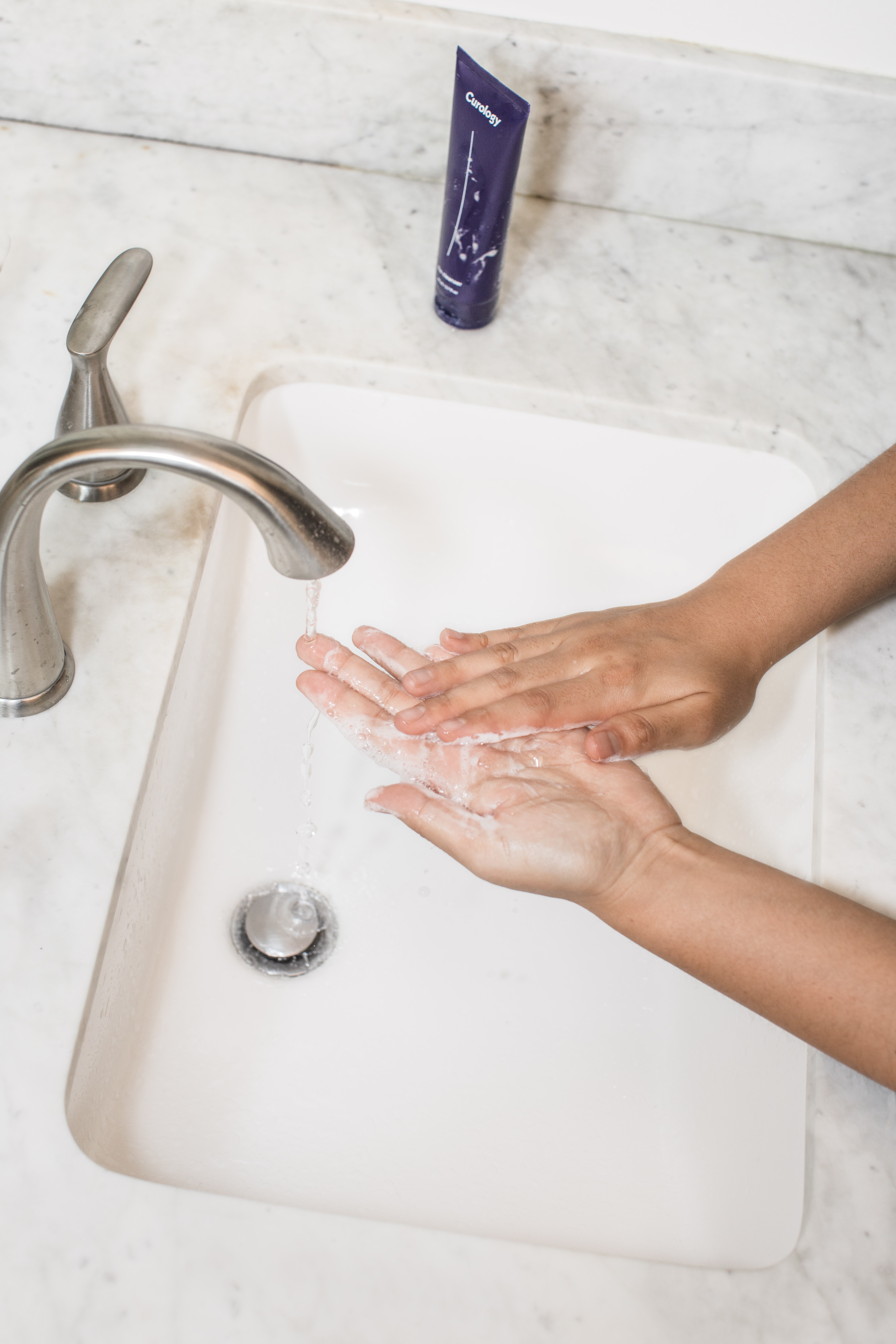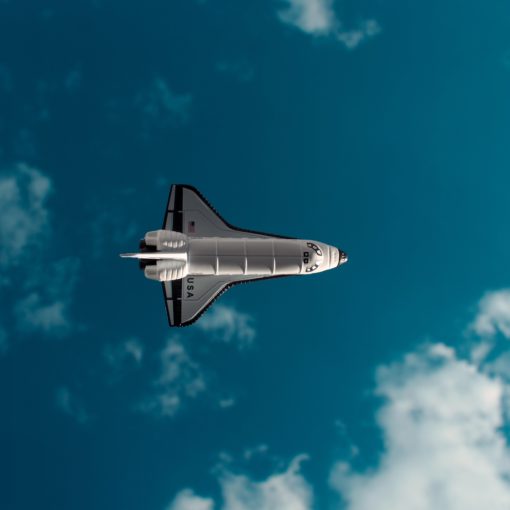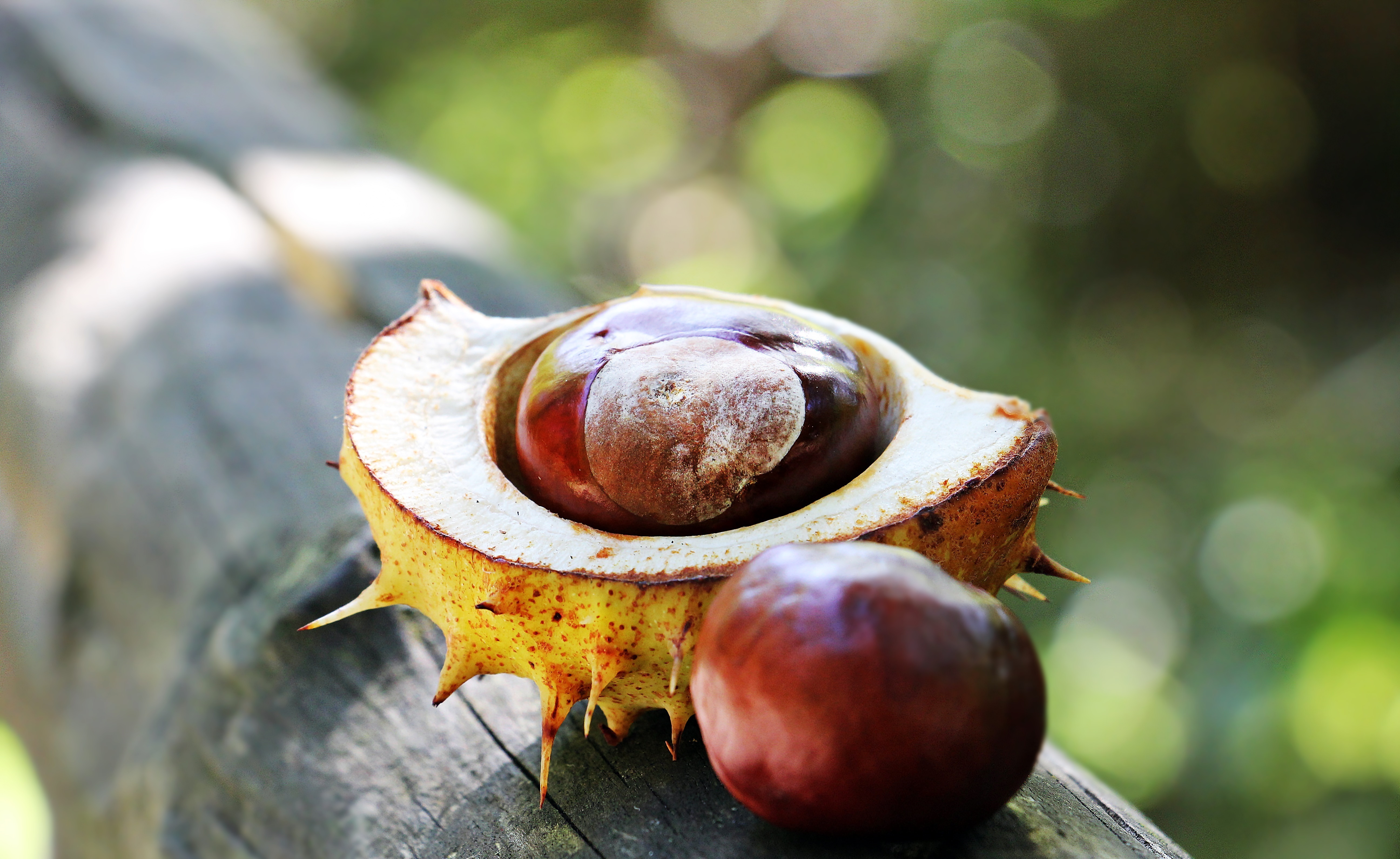The first water bottle was installed in London, England, in 1859. A political and technical accomplishment, it introduced clean, free, and accessible drinking water to the public. Bottled water was considered low-class because it was only used by workers in buildings and factories that could not afford plumbing. The public perception of bottled and public water was about to change drastically. In 1977, European Perrier created a New York based marketing campaign, selling their product as chic, upscale and lifestyle-defining. Their success inspired domestic beverage producers to launch their own marketing campaigns. Domestic producers could not claim classy European roots, so they created doubt in the safety of local water. Calistoga Mountain Spring water explicitly asked: “how can you be sure your water is safe? … unfortunately you can’t.”
Simultaneously, the pressure from environmental activists pushed the government to create the 1974 Safe Drinking Water Act. Public water was now safer than ever as limits to dumping and a standard of contamination were introduced. However, the public perception of the quality of local water decreased. Residents now had increased interactions with warnings and possible risks of drinking the local water because the act mandated immediate notification of contamination. Between 1973 and 1988, the share of Americans who said they were extremely concerned about tap-water pollution had more than doubled. Bottled water sales were on the rise. The global industry, valued at USD $100 billion in 2015, is a huge marketing accomplishment.
Recent concern about BPA found in plastic water bottles corresponds with David Suzuki’s sentiment that the chemicals found in the plastic packaging may be more harmful than anything found in the tap. Aside from potential health risks from the packaging, you are really paying for the same water at up to 3,000 times what you pay for purification through your taxes. Coca Cola’s Dasani bottles water from municipal sources in Calgary and Brampton. Pepsi’s Aquafina gets its water from Vancouver and Mississauga.
If tap water is not trusted there is also not trust in drinking fountains. Reducing the number of water fountains or their maintenance becomes a way for municipalities to lower their budgets without raising public concern. The disappearance of water fountains makes it harder for the public to access clean and free drinking-water.
Bottled water is a manifestation of water privatization. It creates a system in which people are increasingly responsible for their ability to buy potable water. The industry’s main concern is not for the health of the town’s residents from which they co-op their supply of water. The industry is based on profit-seeking and not the fulfillment of human rights. In 2004, Nestlé’s Poland Spring continued to truck water out of Fryeburg Maine during a drought where residents had to boil water due to a pump water failure. As a reminder, Flint Michigan still does not have clean water. The national guard distributes cases of Nestlé’s Ice Mountain 100 percent natural spring water to the residents. Nestlé receives $13 million in tax breaks from the state as an incentive to locate their plant in Michigan. The company only pays a small permitting fee to the state and the lease of a private landowner to access the water. Flint residents are still paying some of the highest water bills in the country for their poisoned water while the Nestlé bottling plant takes water out of an underground aquifer 120 miles away. Pumping large quantities of water can deplete underground aquifers that supply water to local communities and aquatic wildlife habitats. Companies like Nestlé also take millions of litres a day from Ontario wells on which residents rely. At the same time, there is a growing threat of water scarcity in Canada. Twenty percent of municipalities have faced shortages in recent years.
If we do not trust our water, our response should not be to rely on bottled water shipped half-way across the world or pumped from our back yards. We should demand that the federal government address concerns about drinking-water quality, as is their responsibility. At Acadia, there is a lack of filtered water fountains in residences, the Student Union Building, and some of the older academic and administrative buildings on campus. Water bottles are being sold on campus again after earlier opposition. It is a shame to pay for a resource to which we have a fundamental right to access in its most healthy and free form.




